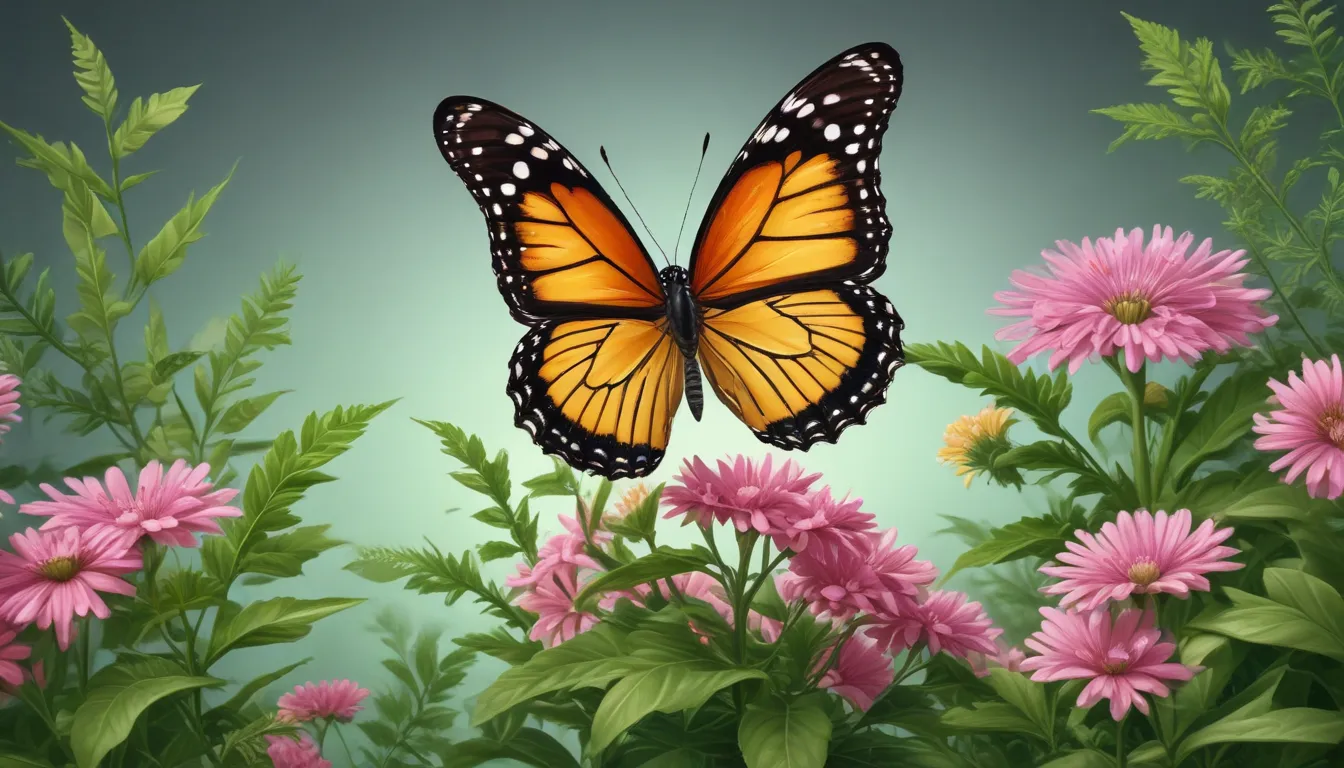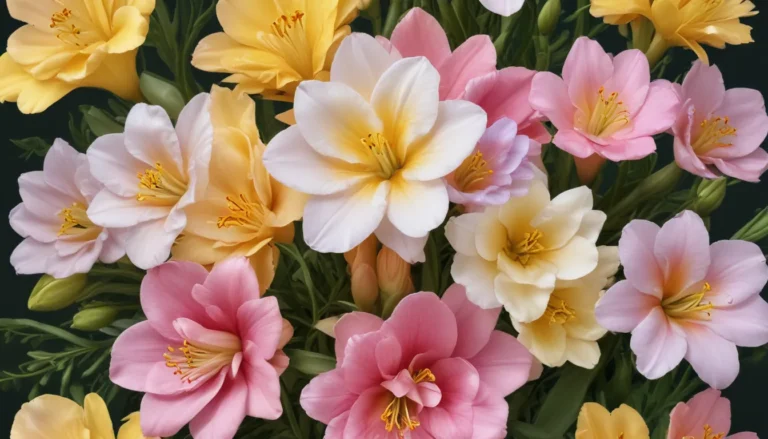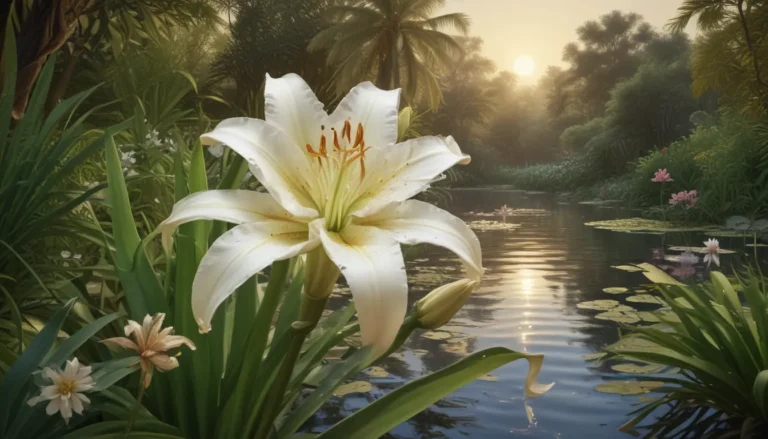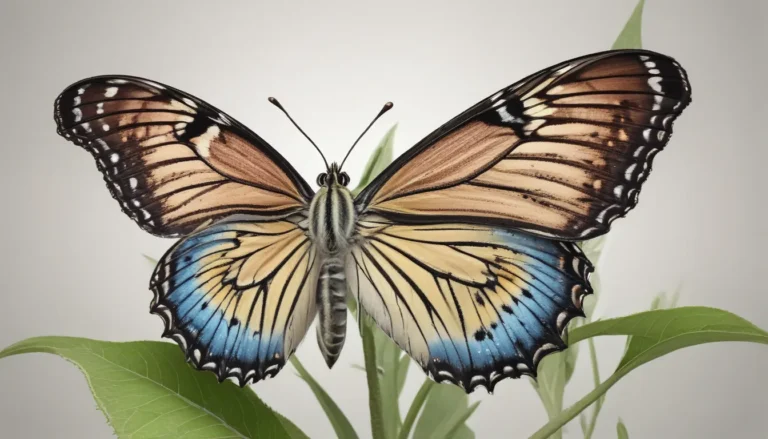The pictures we use in our articles might not show exactly what the words say. We choose these pictures to make you interested in reading more. The pictures work together with the words but don’t take their place. The words still tell you the important facts.
Butterfly weed, scientifically known as Asclepias tuberosa, is a captivating plant that not only adds aesthetic value to your garden but also plays a crucial role in supporting biodiversity. With its vibrant orange flowers that bloom from late spring to early fall, this perennial plant attracts a myriad of butterflies, bees, and other pollinators, making it a valuable addition to any outdoor space.
In this article, we will explore 19 extraordinary facts about butterfly weed that will deepen your appreciation for this remarkable plant. From its medicinal properties to its ability to withstand drought conditions, butterfly weed is truly a plant worth celebrating. So, join us on a journey to uncover the secrets and wonders of butterfly weed.
The Wonders of Butterfly Weed
1. Butterfly Weed, also known as Asclepias tuberosa
Butterfly Weed, scientifically known as Asclepias tuberosa, is a perennial plant native to North America. Known for its vibrant orange flowers, this plant is a favorite among butterfly enthusiasts and gardeners for its ability to attract various species of butterflies, including monarchs, swallowtails, and fritillaries.
2. Drought-Tolerant Marvel
One of the remarkable qualities of Butterfly Weed is its ability to withstand drought conditions. Its deep taproot enables it to gather moisture from deeper layers of the soil, making it an ideal choice for gardens in arid regions or areas with limited water availability.
3. Host Plant for Monarch Butterflies
Butterfly Weed serves as a host plant for monarch butterfly larvae, providing essential nutrients for their growth and development. By planting Butterfly Weed in your garden, you can actively contribute to the conservation of monarch butterflies and support their populations.
4. Deer-Resistant Charm
An advantage of Butterfly Weed is its deer-resistant nature. The bitter sap and toxic compounds in the plant make it unappealing to deer, allowing it to thrive without the risk of being eaten or damaged.
5. Medicinal Marvel
With its various medicinal properties, Butterfly Weed has been used in traditional medicine for its antifungal, antibacterial, and anti-inflammatory properties. However, it is important to consult a healthcare professional before using any plant for medicinal purposes.
Cultivating Butterfly Weed in Your Garden
6. Growing from Seeds or Root Cuttings
Butterfly Weed can be propagated either by sowing seeds or by taking root cuttings. Both methods have proven to be successful in establishing new Butterfly Weed plants and offer different benefits in terms of quantity and genetic consistency.
7. Versatile Container Plant
Butterfly Weed can be successfully grown in containers, making it a versatile plant that can brighten up balconies, patios, or other small spaces. Selecting a large enough container and using well-draining soil are essential for its success in a container garden.
8. Low-Maintenance Marvel
Once established, Butterfly Weed is relatively low-maintenance, requiring minimal watering and being resistant to many pests and diseases. Occasional fertilization and deadheading can help promote continuous blooming and maintain its visual appeal.
9. Wind-Dispersed Seeds
The seeds of Butterfly Weed are equipped with silky hairs that allow them to be carried away by the wind, aiding in their natural dispersal and helping the plant colonize new areas for continued survival and propagation.
10. Hot and Dry Conditions Survivor
Butterfly Weed is well-adapted to hot and dry conditions, making it an excellent choice for xeriscapes and gardens in regions with limited water resources. Its ability to thrive in these conditions makes it a resilient and valuable addition to any garden.
Butterfly Weed’s Ecological Importance
11. Larval Food Source for Various Insects
Beyond monarch butterflies, Butterfly Weed serves as a larval food source for other insects like milkweed tussock moths and queen butterflies. By providing a hospitable environment for these insects, you are contributing to the diversity and health of the local ecosystem.
12. Vibrant Color Variations
While the most common color of Butterfly Weed is orange, it can also be found in shades of yellow or red. These color variations add visual interest to the garden and attract a diverse range of pollinators, enhancing the overall biodiversity of your outdoor space.
13. Root Dye Tradition
The roots of Butterfly Weed were traditionally used by Native Americans to create a vibrant yellow dye. This dye was used to color textiles and other craft materials, showcasing the versatile nature of this native plant and its cultural significance.
14. Companion Plant Harmony
Butterfly Weed is a wonderful companion plant for a variety of other flowers and herbs, enhancing the visual appeal and ecological benefits of your garden. Planting it alongside species like black-eyed Susans, coneflowers, and lavender creates a harmonious and vibrant garden space.
Conclusion
Butterfly weed is a remarkable plant that offers beauty, ecological benefits, and medicinal properties. By incorporating this plant into your garden, you not only enhance its visual appeal but also support biodiversity and contribute to the overall health of the ecosystem. From attracting butterflies to withstanding drought, butterfly weed is a valuable addition to any outdoor space.
Whether you are a seasoned gardener or a nature enthusiast, consider adding Butterfly Weed to your garden and witness the magic it brings with its vibrant blooms and bustling pollinator activity. Embrace the beauty and benefits of Butterfly Weed as it becomes a beacon of joy and life in your garden.
FAQs
- How tall does butterfly weed grow?
-
Butterfly weed typically grows to a height of 1 to 3 feet.
-
Does butterfly weed require full sun?
-
Yes, butterfly weed thrives in full sun and requires at least 6 hours of direct sunlight per day.
-
Can butterfly weed tolerate drought?
-
Yes, butterfly weed is known for its drought tolerance once established, surviving in dry conditions with occasional watering.
-
How often should butterfly weed be watered?
-
During the establishment phase, butterfly weed should be watered regularly. Once established, it can tolerate drier conditions and should be watered sparingly.
-
How do I propagate butterfly weed?
- Butterfly weed can be propagated through seeds, divisions, or stem cuttings, each method offering unique benefits for successful propagation.
Explore the wonders of Butterfly Weed in your garden and discover the joy of watching butterflies dance among its vibrant blooms. Embrace its beauty, support local ecosystems, and enjoy the incredible benefits this extraordinary plant brings to your outdoor space.






